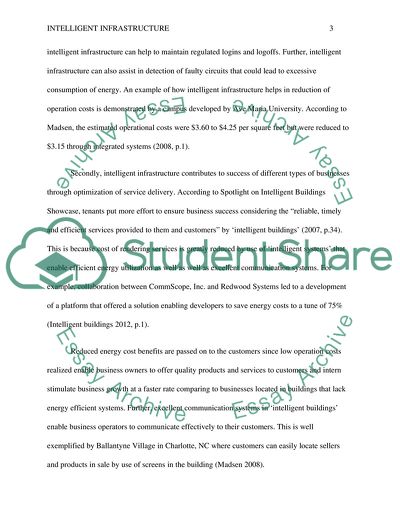Cite this document
(Benefits of Intelligent Infrastructure on Us Buildings Essay Example | Topics and Well Written Essays - 1250 words, n.d.)
Benefits of Intelligent Infrastructure on Us Buildings Essay Example | Topics and Well Written Essays - 1250 words. https://studentshare.org/engineering-and-construction/1820437-intelligent-infrastructure
Benefits of Intelligent Infrastructure on Us Buildings Essay Example | Topics and Well Written Essays - 1250 words. https://studentshare.org/engineering-and-construction/1820437-intelligent-infrastructure
(Benefits of Intelligent Infrastructure on Us Buildings Essay Example | Topics and Well Written Essays - 1250 Words)
Benefits of Intelligent Infrastructure on Us Buildings Essay Example | Topics and Well Written Essays - 1250 Words. https://studentshare.org/engineering-and-construction/1820437-intelligent-infrastructure.
Benefits of Intelligent Infrastructure on Us Buildings Essay Example | Topics and Well Written Essays - 1250 Words. https://studentshare.org/engineering-and-construction/1820437-intelligent-infrastructure.
“Benefits of Intelligent Infrastructure on Us Buildings Essay Example | Topics and Well Written Essays - 1250 Words”. https://studentshare.org/engineering-and-construction/1820437-intelligent-infrastructure.


